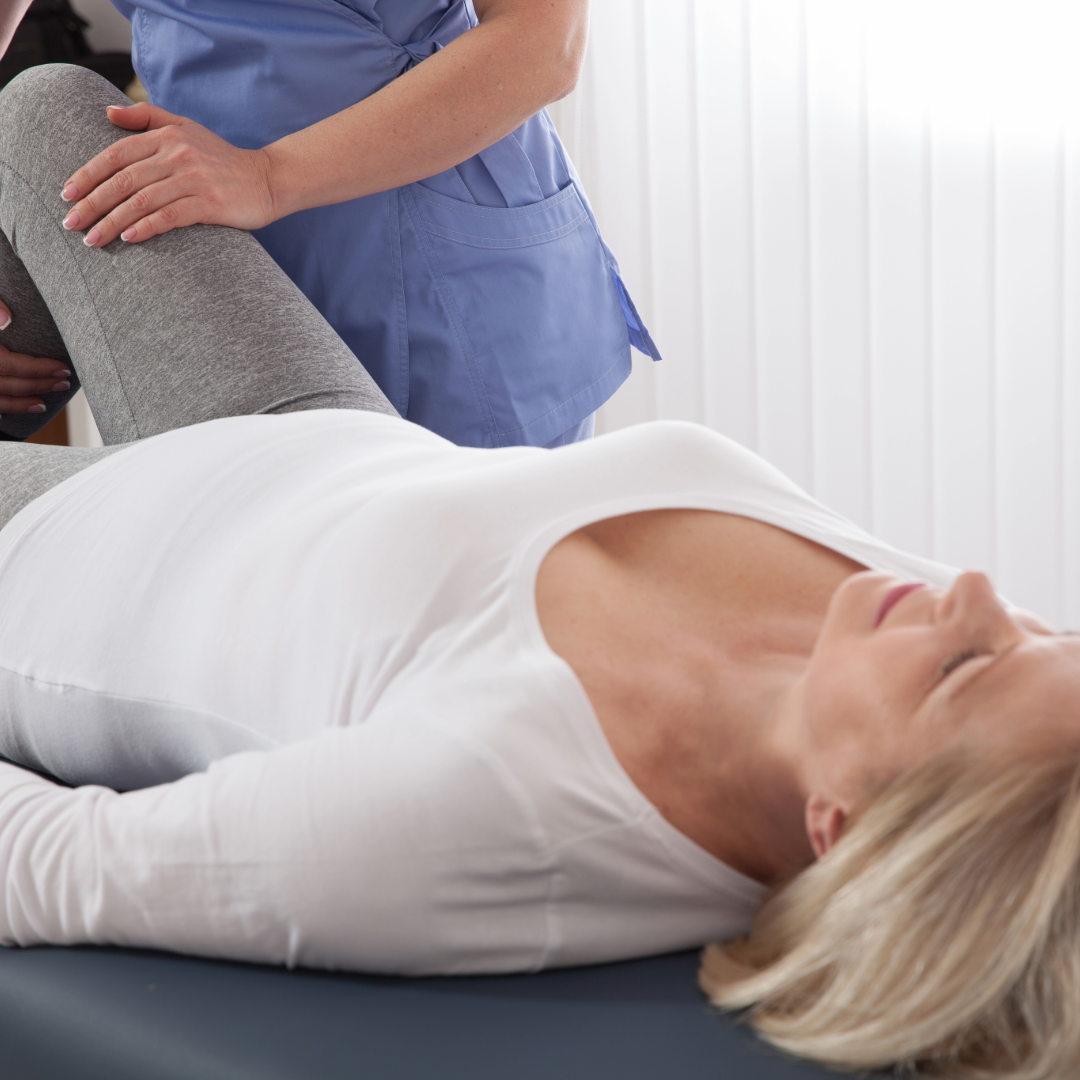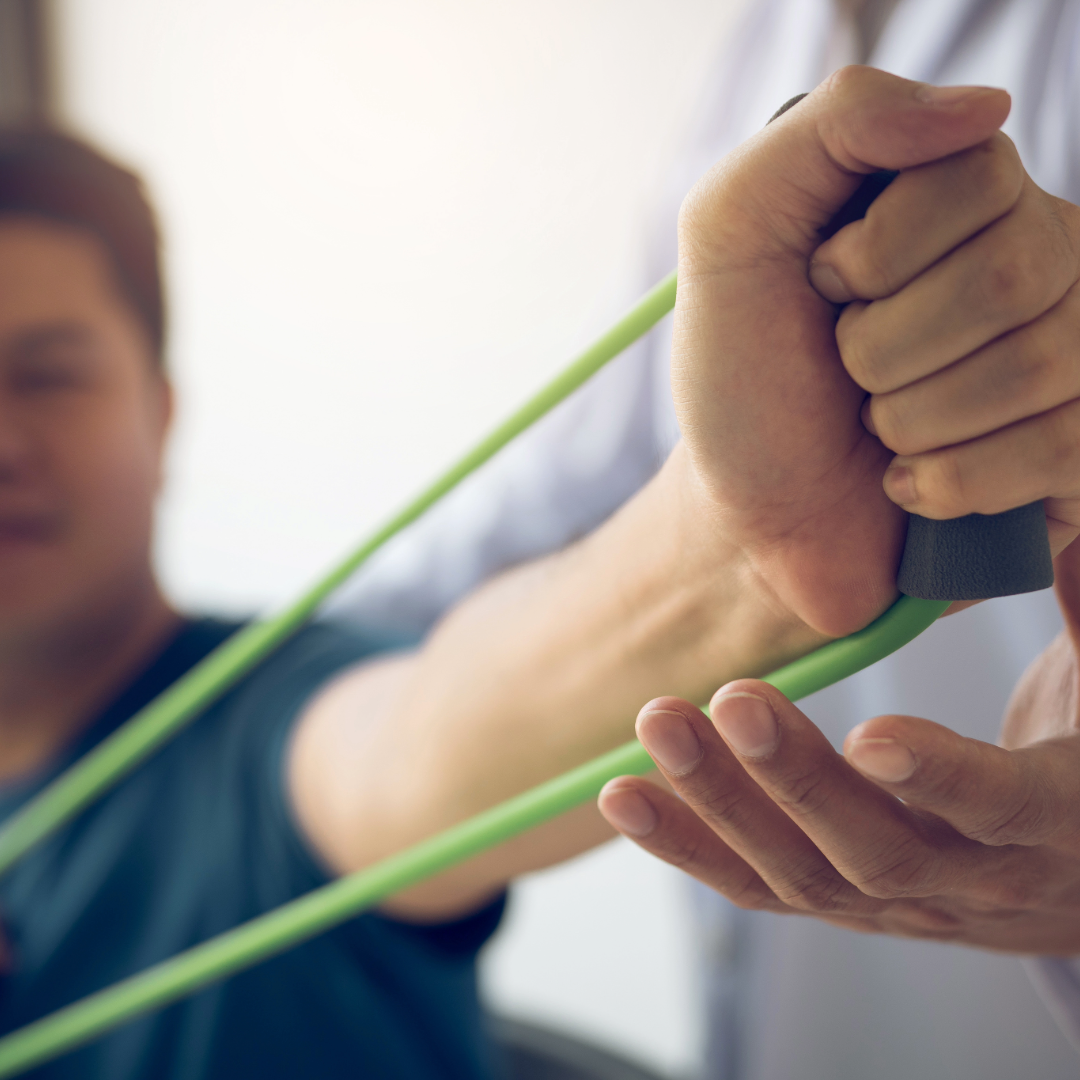ACL Tear Recovery Without Surgery
Susan's Story: How She Avoided ACL Surgery Through Physical Therapy
Susan was enjoying a family ski trip when everything changed in an instant. Her daughter had fallen on the slopes, and as Susan rushed to help, she twisted her knee. That simple act of care would lead to a diagnosis that terrified her: an ACL tear with old damage and floating bone fragments.
Like many active adults, Susan faced a crossroads. Surgery seemed inevitable, but she wasn't ready to accept months of recovery time away from the activities she loved. Her story proves that sometimes there's another path—one that leads to full recovery without going under the knife.
Susan's Journey: From Skiing Accident to Recovery
Susan had always been active. She loved working out, walking, and cycling—activities that kept her energized and connected to her family. When the ski injury happened, her first concern wasn't her own pain but helping her daughter. However, once they returned home, it became clear something was seriously wrong with her knee.
The imaging results were sobering. Not only was there a fresh ACL tear, but old damage and floating bone fragments were causing her knee to feel unstable, popping in and out of place. The surgeon's recommendation was straightforward: surgery.
But Susan wasn't ready to give up her active lifestyle for the extended recovery period that surgery would require. The thought of being sidelined for months was "disheartening," as she put it. That's when she decided to explore an alternative approach.
The Physical Therapy Alternative
When Susan brought her X-rays to the team at Curnyn PT, something remarkable happened. The physical therapist looked at her imaging and said, "We might be able to rehab this ACL." Those words changed everything.
Susan's response was immediate: "Let's do it."
What followed was an eight-week journey that transformed not just her knee, but her entire perspective on recovery. The program wasn't easy, but it wasn't as difficult as she had feared. The Curnyn PT team made the process "incredibly easy and actually invigorating."
The Treatment Approach
Susan's recovery plan included several key components:
Manual Therapy: The skilled therapists used hands-on techniques to address the mechanical problems in her knee joint and surrounding tissues.
Kinesiology Tape: Strategic taping provided support and muscle queuing while allowing her to move safely during the healing process.
Targeted Exercises: A customized therapeutic movement plan focused on strengthening the muscles around her knee, hip, and ankle to compensate for the ACL damage.
Home Support: Using the Curnyn PT app, Susan continued her exercises at home, ensuring consistent progress between visits.
Understanding ACL Tears: More Than Just Athletes' Injuries
An ACL (anterior cruciate ligament) tear is one of the most common knee injuries, affecting approximately 400,000 people annually. The ACL is a crucial ligament that connects your thighbone to your shinbone, providing stability to your knee joint.
Common Causes of ACL Tears
Sudden direction changes during sports or daily activities
Landing awkwardly from a jump
Direct impact to the knee
Stopping suddenly while running
Pivoting with a planted foot
Recognizing the Symptoms
If you suspect an ACL injury, watch for these warning signs:
A loud "pop" sound when the injury occurs
Severe pain and inability to continue activity
Rapid swelling within hours
Loss of range of motion
Feeling of instability or "giving way"
Non-Surgical Treatment Options: A Comprehensive Approach
While surgery is often presented as the only option for ACL tears, many patients can achieve excellent outcomes through conservative treatment. The key is working with experienced professionals who understand when and how non-surgical approaches can be effective.
Physical Therapy: The Foundation of Recovery
Physical therapy serves as the cornerstone of non-surgical ACL treatment. At Curnyn PT, the approach focuses on:
Strengthening Surrounding Muscles: Building strength in the quadriceps, hamstrings, and glutes helps compensate for ACL instability.
Improving Proprioception: Specialized exercises enhance your body's awareness of joint position, crucial for preventing re-injury.
Manual Therapy Techniques: Hands-on treatment addresses joint mobility, muscle tension, and tissue healing.
Core Strengthening Programs: A strong core provides better overall stability and reduces stress on the knee joint.
Advanced Treatment Modalities
Curnyn PT incorporates several advanced techniques that can enhance ACL recovery:
Dry Needling: This technique can help release muscle tension and improve blood flow to injured tissues.
Therapeutic Movement Plans: Customized exercise programs that progress from basic stability to sport-specific movements.
Activity Modification and Bracing
Strategic use of knee braces can provide additional stability during the healing process. Combined with temporary activity modifications, bracing allows patients to maintain an active lifestyle while protecting the injured knee.
The Benefits of Avoiding Surgery
Susan's decision to pursue non-surgical treatment brought several significant advantages that extend beyond just avoiding the operating room.
Reduced Recovery Time
While surgical ACL reconstruction typically requires 6-9 months of recovery, Susan was back to her normal activities within eight weeks. This dramatic difference allowed her to maintain her fitness level and continue participating in family activities.
Lower Costs
ACL reconstruction surgery can cost anywhere from $10,000-$50,000, not including rehabilitation costs. Physical therapy represents a fraction of this expense, making it an attractive option for many patients. Starting physical therapy immediately after an injury, rather than waiting, is often crucial for reducing potentially high medical expenses.
Avoiding Surgical Risks
Every surgery carries inherent risks, including:
Infection
Blood clots
Anesthesia complications
Graft failure
Persistent pain or stiffness
By choosing physical therapy, Susan avoided these potential complications entirely.
Maintaining Quality of Life
Perhaps most importantly, Susan never had to put her life on hold. She continued working, stayed active with her family, and maintained her independence throughout the treatment process. She emphasized how the front desk team offered flexible scheduling options that seamlessly fit into her life.
Expert Insights from Curnyn PT
The success of Susan's recovery wasn't accidental. It was the result of expert care from a team with over 30 years of experience serving the Fort Worth community. Several factors contributed to her outstanding outcome:
Early and Effective Intervention
The team at Curnyn PT emphasizes the importance of seeking treatment quickly after an injury. Early intervention can prevent compensatory movement patterns and secondary injuries that complicate recovery.
Personalized Treatment Plans
No two ACL injuries are identical. Susan's treatment plan was specifically designed for her injury pattern, activity level, and recovery goals. This individualized approach maximizes the chances of successful non-surgical recovery.
Advanced Manual Therapy Skills
The physical therapists at Curnyn PT possess advanced certifications in manual therapy techniques. These hands-on skills allow them to address the root causes of dysfunction, not just the symptoms.
Comprehensive Assessment
Before recommending any treatment approach, the team conducts thorough evaluations that consider not just the injured structure, but the entire kinetic chain. This comprehensive view ensures that all contributing factors are addressed.
Tips for Successful Non-Surgical ACL Recovery
If you're considering non-surgical treatment for an ACL injury, these strategies can help maximize your chances of success:
Start Early
The sooner you begin appropriate treatment, the better your outcomes are likely to be. Don't wait for the injury to "get better on its own."
Commit to the Process
Susan attended physical therapy sessions twice a week for eight weeks and faithfully completed her home exercises. This level of commitment is essential for success.
Work with Specialists
Not all physical therapists have the advanced training necessary to manage complex ACL injuries. Choose a clinic with demonstrated expertise in orthopedic conditions.
Follow Activity Modifications
Temporary changes to your activity level may be necessary during the healing process. Following these recommendations protects your knee while it recovers.
Focus on Prevention
Once you've recovered, continue with exercises that maintain strength and stability. This ongoing commitment helps prevent future injuries.
Listen to Your Body
While some discomfort during rehabilitation is normal, sharp pain or increasing instability should be addressed immediately.
Life After Non-Surgical ACL Recovery
Two years after her skiing misstep, Susan continues to live an active lifestyle. She's back on her stationary bike, walking regularly, and participating in all her favorite activities with her family. Most importantly, her knee feels stable and pain-free.
While she hasn't returned to skiing, this decision reflects her commitment to injury prevention rather than any limitation from her ACL tear. She's learned to balance her love of activity with smart choices about risk management.
Susan's experience highlights an important point: successful recovery isn't just about getting back to where you were—it's about building resilience and wisdom that helps prevent future injuries.
Your Path to Recovery Starts Here
Susan's story demonstrates that ACL tears don't automatically require surgery. With the right team, the right approach, and the right commitment, many patients can achieve excellent outcomes through conservative treatment.
The key is working with experienced professionals who can accurately assess your individual situation and develop a treatment plan tailored to your specific needs. At Curnyn PT, this kind of personalized, expert care has been helping Fort Worth residents recover from injuries for over three decades.
If you're dealing with knee pain, instability, or have been told you need surgery, consider getting a second opinion. The team at Curnyn PT can evaluate your condition and help you understand all your options.
Don't let an ACL injury sideline you from the activities you love. With expert guidance and a commitment to recovery, you can start your pain-free journey today.
Contact Curnyn PT to schedule your evaluation and discover what's possible with the right care team on your side.



